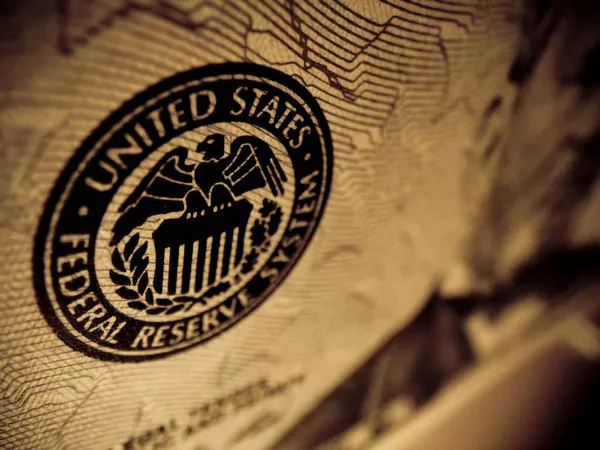U.S. stocks are giving back early gains, even as U.S. bond yields continue to fall amid signs of decelerating inflation. However, investors are increasingly cautious about the impact of low inflation on economic growth.
Inflation continues to show signs of decelerating, and current conditions could be seen as “requiring caution in expectations.”
The good news is that the latest revised annualized quarterly rate of real GDP in the United States in the third quarter accelerated to 5.2%. In addition, the core personal consumption expenditures (PCE) inflation rate was revised to 2.3% in September from the previous value of 2.4%.
Big growth and lower inflation constitute a “Goldilocks” environment for stocks; however, the third-quarter GDP report is out and investors are now focused on the impact of that report, as well as the recent weakness in the U.S. economy Regarding the impact of the data on fourth-quarter GDP growth, these data are not positive at all.
In fact, following the release of the October trade and inventory report (also released overnight), U.S. economists are lowering their GDP growth forecasts for the fourth quarter of 2023, with total domestic income rising by only 1.5% in the third quarter. %, far lower than the GDP growth rate.
The slowdown in inflation could be indicative of a broader trend in which demand for the goods and services that are driving post-pandemic economic growth could be slowing. While markets have been particularly nervous about runaway inflation for much of the year, they may be starting to shift that concern to slower economic growth.
Against the backdrop of falling inflation and a possible slowdown in economic growth, the 110-year U.S. Treasury yield fell another 8 basis points to 4.27%. Indeed, this is a noteworthy change, especially given that the 10-year Treasury yield was at a higher level of 4.90% earlier this month, indicating a series of significant dovish events in a relatively short period of time.
Given the momentum behind the bond rally, will there be any implications for macro policy when the slight downward revision in the core PCE price index (from 2.4% to 2.3%) completely overshadows the upward revision to U.S. third-quarter GDP data? The larger impact is doubtful.
Important for traders were downward revisions to personal spending data, as well as a small decline in core personal consumption expenditures data. As mentioned above, what is more noteworthy in terms of adjusting the outlook for interest rate policy is that wholesale inventories and trade declined significantly in October, which will put pressure on growth expectations for the fourth quarter.
Federal Reserve official Chris Waller proposed a tentative timetable for precautionary rate cuts based on the evolution of inflation data, and he also publicly stated that the current policy settings may be restrictive enough to return inflation to target levels. These are by far the most important.
Waller is among the Fed officials who have argued that bonds have performed best since the financial crisis, and changing that narrative may require a strong set of economic data in the current quarter or a hawkish tone from other influential Fed officials. position. The current situation is that the overall market sentiment this month has clearly shifted towards dovish expectations.
The significance of this surprising and stark shift in the Fed’s stance on the prospect of a rate cut in 2024 cannot be overstated.
What is certain is that the so-called “precautionary interest rate cut” has been discussed by Fed officials, and officials have not kept it secret, so in 2024, the Fed will definitely cut interest rates by 50 basis points.
So the talk of risk reduction management is certainly not new. Still, Waller’s comments on Tuesday were the clearest hint yet that the Fed would be inclined to cut interest rates if inflation continues to fall, regardless of whether the overall economy is in trouble. Therefore, cutting interest rates in the absence of a recession, but given the current instability in U.S. economic data, another 50 basis points or even 100 basis points after a precautionary rate cut should not be regarded as out of reach by investors. Investors are concerned, however, about what is driving these rate cuts beyond risk management insurance levels, where the prospect of a recession over the next 12 months does not appear to be that far-fetched.


